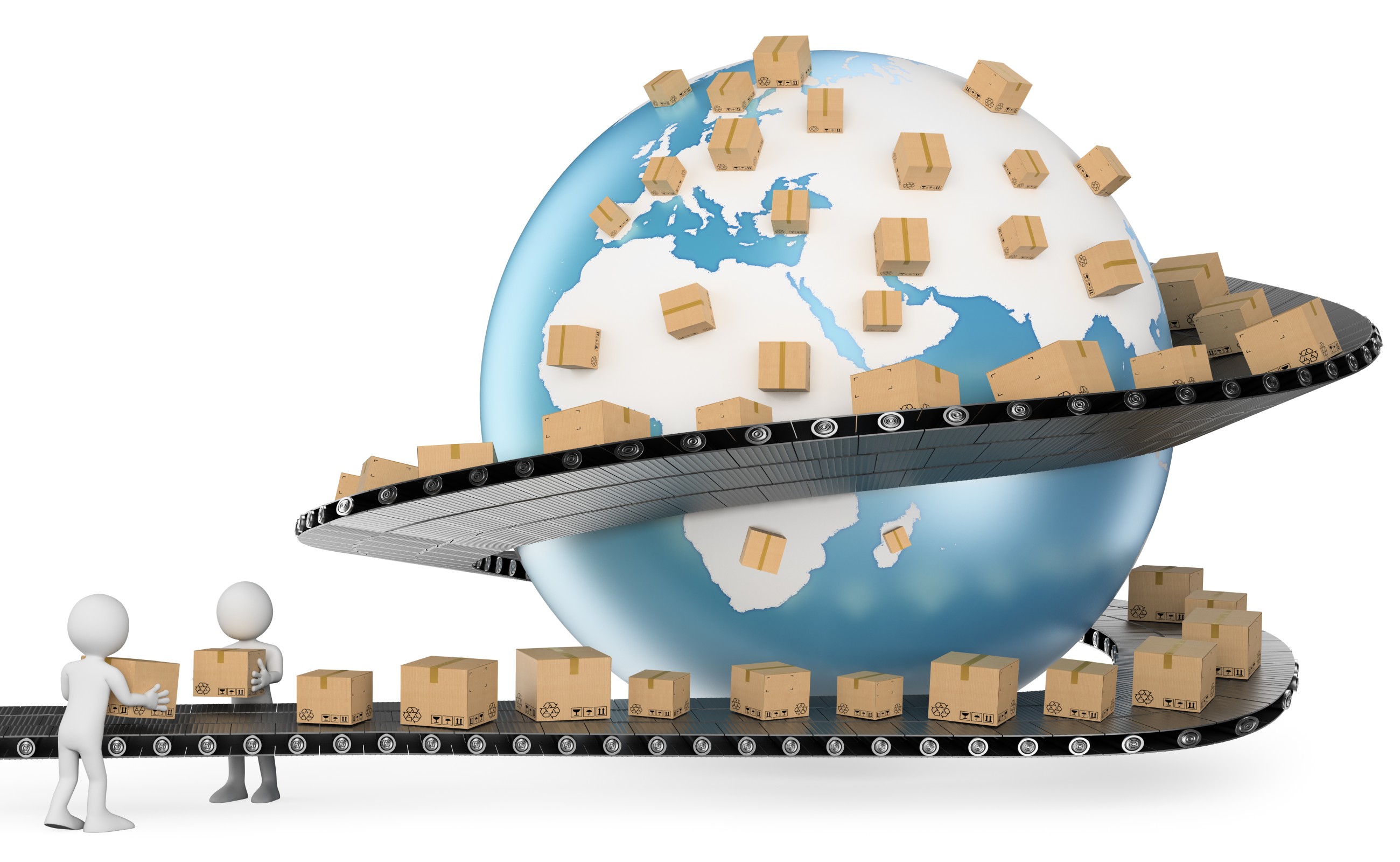Retail Supply Chains in the Eye of the Storm

The recent back-to-back strikes of Hurricanes Milton and Helene along the U.S. Southeast have left regions reeling and underscored just how vulnerable retail supply chains are to natural disasters. As hurricane winds, floods, and extensive damage delayed key port operations and hampered road and rail transport, the impact on supply chains was immediate and widespread. For retailers preparing for the high-demand peak season, these events have highlighted an urgent need for greater supply chain resiliency in the face of intensifying environmental challenges.
As the holiday shopping season looms, retailers are navigating not only the lingering effects of these hurricanes but also an escalating series of potential disruptions. Restoration of critical transport routes could take weeks, with residual labor disputes at U.S. ports further complicating matters. Many experts predict that the supply chain will take up to six weeks to fully stabilize—leaving retailers with a narrow window as Black Friday approaches. With consumer spending anticipated to surge thanks to favorable economic conditions, retailers face the daunting task of balancing high customer demand amid potential shortages and delays.
This challenge isn’t limited to North America. Globally, supply chains are bracing for other significant disruptions, including geopolitical tensions such as the conflicts in Ukraine and the Middle East. These are impacting ocean freight schedules at a time when air cargo capacity is waning due to seasonal demand. Both air and ocean freight costs are projected to surge, with ocean rates potentially rising by as much as 30%, further stressing budgets and impacting the price stability of goods.
Retailers have increasingly turned to risk mitigation strategies like nearshoring, dual sourcing, and regional diversification to buffer against disruptions. However, a recent McKinsey survey suggests that many companies may be overlooking a critical component: resilience. While these strategies are proving beneficial, resilience—specifically the ability to respond quickly to disruptions and recover—is falling short.
The survey shows that supply chain visibility has plummeted in recent years. Just two years ago, 56% of companies reported high visibility into their supply chains. That figure has now dropped to 30%. This decline in visibility leaves companies more exposed to risks hidden deep in their supply chains. Furthermore, only 9% of surveyed companies indicated that their supply chains were fully compliant with emerging regulatory requirements, such as Europe’s digital product passports, pointing to a broader compliance issue.
For retailers aiming to weather these disruptions, modern supply chain technologies present a solution. Integrated supply chain platforms augmented with AI capabilities can help businesses achieve much-needed agility and resilience. Advanced visibility tools enable retailers to spot potential issues before they escalate, maintain optimal stock levels, and foster robust supplier and customer relationships.
These technologies go beyond traditional inventory management by providing real-time data on each step of the supply chain. Retailers can preemptively manage logistics, making it easier to pivot and adapt if issues arise, whether due to a natural disaster, labor unrest, or regulatory change. AI-enhanced supply chain solutions can also provide predictive insights, allowing retailers to anticipate future disruptions and maintain stability even when circumstances are less than ideal.
As peak season approaches, retailers face unprecedented pressure to ensure their supply chains are not just functional but resilient. The future of retail supply chains hinges on this agility—quickly adapting to consumer needs, mitigating unforeseen risks, and delivering the stability necessary to meet demand in challenging times.
For retailers, integrating these technologies offers a pathway to stronger, more flexible supply chains that can handle disruptions, whether environmental, political, or economic. Investing in these systems means positioning supply chains for resilience, ensuring they can withstand not only today’s challenges but also tomorrow’s uncertainties. In this way, supply chain technology becomes not just a competitive advantage but a necessary defense against the unpredictable—and a strategy for delivering on customer expectations, no matter what the forecast holds.